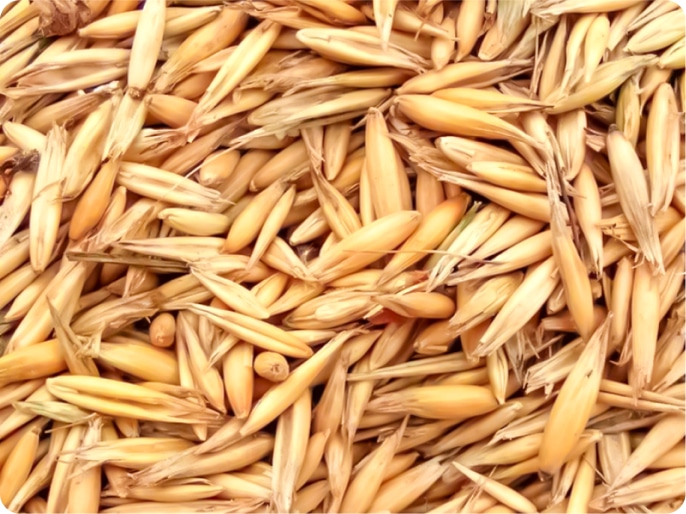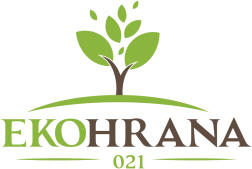
Oats are a crop rich in vitamins, microelements, and amino acids. If in ancient times oats were used in folk medicine, now they are used on an industrial scale in pharmaceuticals, cosmetology and even cooking. The grain of oats contains about 50% starch, about 7% fat, about 15% protein (the second largest content of substances after buckwheat). Oat seeds contain essential amino acids such as lysine and tryptophan; gum, essential oils, a whole set of vitamins: B1, B2, B6, K, carotene, as well as pathogenic and nicotinic acids. Oat seeds also contain potassium, phosphorus, magnesium, iron, manganese, chromium, zinc, fluorine, nickel, iodine, sulfur.
